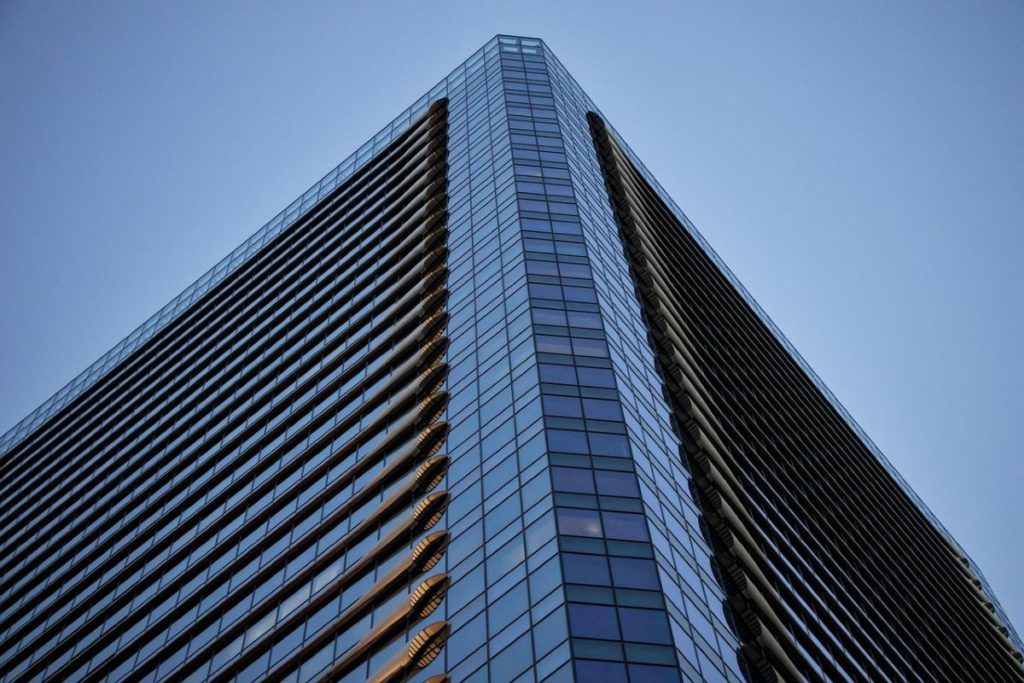When a commercial real estate agent evaluates a property, the surrounding infrastructure is often one of the first factors considered. For example, traffic management solutions can make or break the appeal of a retail strip by easing congestion and enhancing access. Similarly, medical fitouts Melbourne clinics invest in are only as successful as the transport and utility networks supporting them. These examples show how infrastructure forms the invisible framework that adds or subtracts value from a commercial property.
The Foundation Beneath the Surface
Infrastructure refers to the physical systems and services that support a building and its users—roads, water supply, telecommunications, power grids, and more. While these elements often go unnoticed, they play a pivotal role in determining a property’s utility, compliance, and long-term profitability. A sleek office building may look impressive, but if it’s positioned in an area plagued by poor road conditions or slow internet, its actual value drops significantly.
Commercial buyers and tenants seek efficiency. They want assurance that their business operations will not be disrupted by access issues, unreliable power, or poor drainage. That’s why infrastructure, though often managed by local councils or governments, becomes a deciding factor in private investment decisions.
Location Is More Than Just a Map Pin

The old saying “location, location, location” needs an update. It’s no longer just about proximity to the city centre; it’s about what surrounds the property and how it functions. Does the area offer high-speed broadband? Are public transport options reliable and within walking distance? Is there ample parking and efficient waste disposal?
Consider two properties in similar proximity to the CBD. One is near a recently upgraded rail hub and benefits from well-maintained roads and new cycling paths. The other, though technically “central,” sits in a congested zone with minimal infrastructure support. The former will naturally attract more interest and command higher rent and sale prices.
The Multiplier Effect of Infrastructure Projects
Government or private infrastructure investment doesn’t just improve access or functionality—it can significantly elevate commercial property values. Major projects such as light rail extensions, airport upgrades, or freeway duplications tend to increase demand in surrounding areas. Businesses are eager to move closer to the action, boosting the local economy and driving up lease rates.
These projects often signal long-term growth, which investors view as a hedge against market volatility. They also open new demographic access, expanding the potential customer or client base for businesses occupying the space.
Fitouts That Follow Infrastructure
Interior design and infrastructure go hand in hand, especially in commercial settings. A quality fitout can only thrive in a property supported by robust services. For example, a cutting-edge call centre might feature ergonomic pods and breakout areas, but without fast fibre optic internet or a consistent power supply, its functionality collapses.
The same goes for medical fitouts. Sophisticated healthcare interiors require stable water pressure, reliable climate control, and compliant waste systems. If a property cannot support these, no amount of design can rescue its usability—or its market value.
This alignment is particularly noticeable in cities like Melbourne, where certain suburbs have become known hubs for health and wellness services. In these areas, infrastructure has expanded to meet sector-specific needs, which in turn has attracted new medical tenancies, driving values higher.
Transport Links as Value Drivers
Efficient traffic flow isn’t just about personal convenience; it can translate directly into commercial returns. Businesses near well-planned intersections, clear signage, and fast arterial roads report increased foot traffic and delivery efficiency. That’s why commercial spaces close to newly managed traffic zones or bypasses often see a sharp rise in value.
Retailers and restaurants thrive when customers can park nearby without battling congestion. Warehouses benefit from being near major freight corridors. Even office buildings see improved lease appeal when workers can reach them easily—whether via train, tram, bike lane, or expressway.
Sustainability and Smart Infrastructure
Modern infrastructure also supports eco-friendly goals. Energy-efficient lighting grids, stormwater recycling, and solar-ready rooftops all contribute to lowering operational costs for businesses while ticking important compliance boxes. These infrastructure upgrades not only make properties more attractive but can also unlock government incentives.
Investors are increasingly prioritising ESG (Environmental, Social, and Governance) credentials in their portfolios. Properties with integrated green infrastructure or access to community-friendly transport solutions can command a premium and stand out in competitive markets.
The Digital Layer: Tech Infrastructure
Another often overlooked element is digital infrastructure. A property’s readiness for high-speed data transmission, cloud computing, or IoT integration can impact leasing decisions, particularly in tech-heavy industries. Commercial tenants want assurance that their operations won’t be throttled by poor connectivity.
As businesses adopt more hybrid models and remote capabilities, properties with smart infrastructure—think automated entry systems, climate monitoring, or app-controlled lighting—are climbing in value. They promise not only comfort and control but also future scalability.
Future-Proofing Through Infrastructure
Infrastructure is not static; it evolves. Smart investors and developers keep an eye on planned upgrades in their target suburbs. Council infrastructure roadmaps, public transport announcements, and utility expansions are all indicators of where future value might concentrate.
Incorporating these considerations early allows stakeholders to select locations that will benefit from capital growth over time. It also ensures that fitouts, leases, and building works are designed with the future in mind—not just the present.
All in all, infrastructure is the quiet driver behind every successful commercial property. Properties that rest on a strong infrastructure foundation don’t just function better—they perform better in the market. For buyers, sellers, and developers alike, understanding and investing in infrastructure is key to unlocking long-term value.
